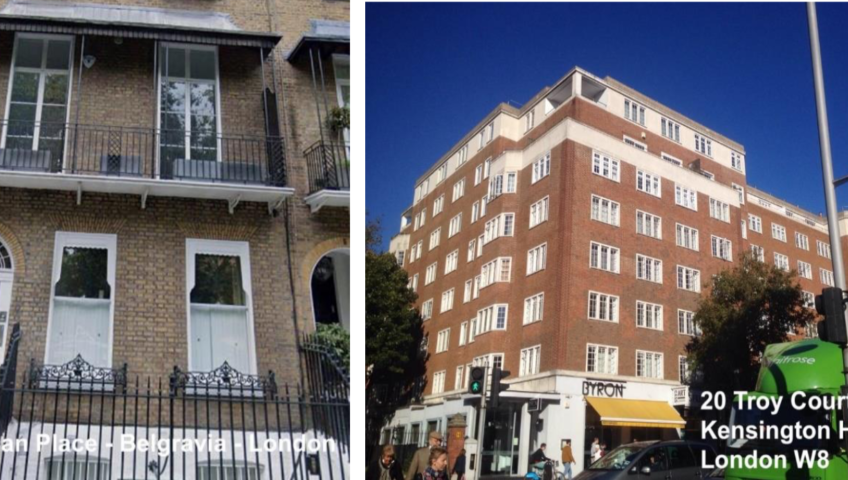Located on the eastern bank of the River Itchen, Woolston is a suburb of Southampton, Hampshire, rich in maritime and aviation history. The Woolston development project is a £300m mixed industrial and residential development to provide both private and low cost housing, and local employment opportunities in the marine sector.
The development site is to the east of Southampton town centre. A 12.5 ha shipyard, formerly owned by Vosper Thornycroft plc, the site was purchased by South East of England Development Agency with a view to promote the regeneration of the Woolston area.
CampbellReith provided the ground investigation, risk assessment and remediation design and supervision at the site. The associated remediation addressed a significant issue of asbestos in soils and won the Brownfield Briefing Best Conceptual Design award for remediation and featured in an article for Ground Engineering Magazine. The site is currently being developed in phases for residential, retail and commercial uses.
GIS was used at various stages to illustrate findings of ground investigation and remediation, as well as to demonstrate the various works to be complete at each stage.
The main remediation comprised the controlled treatment of the affected soils via soil screening / picking and the removal of the extracted bulk asbestos. The remainder of materials were placed in a pre-defined area of the site under engineered capping layers.
CampbellReith implemented a phased process of ground investigation, risk assessment, remediation trials and main remediation works at the site. Use was made of a range of laboratory techniques to assess asbestos in soils including the use of experimental Dustiness Release testing. The results were assessed by the application of the Environment Agency (EA) survey algorithm [then in development by HSL] and the results of the Dustiness Release tests were evaluated using a modified (low-level extrapolation) Hodgeson and Darnton risk assessment algorithm.
A remediation trail was implemented to appraise the viability of soil screening and soil washing to remove ACM. This was completed in an existing building on site which was approved by the HSE as a controlled enclosure. The results of this trail and the preceding evaluations were used to demonstrate the viability of the remediation strategy with respect to asbestos affected soils.





